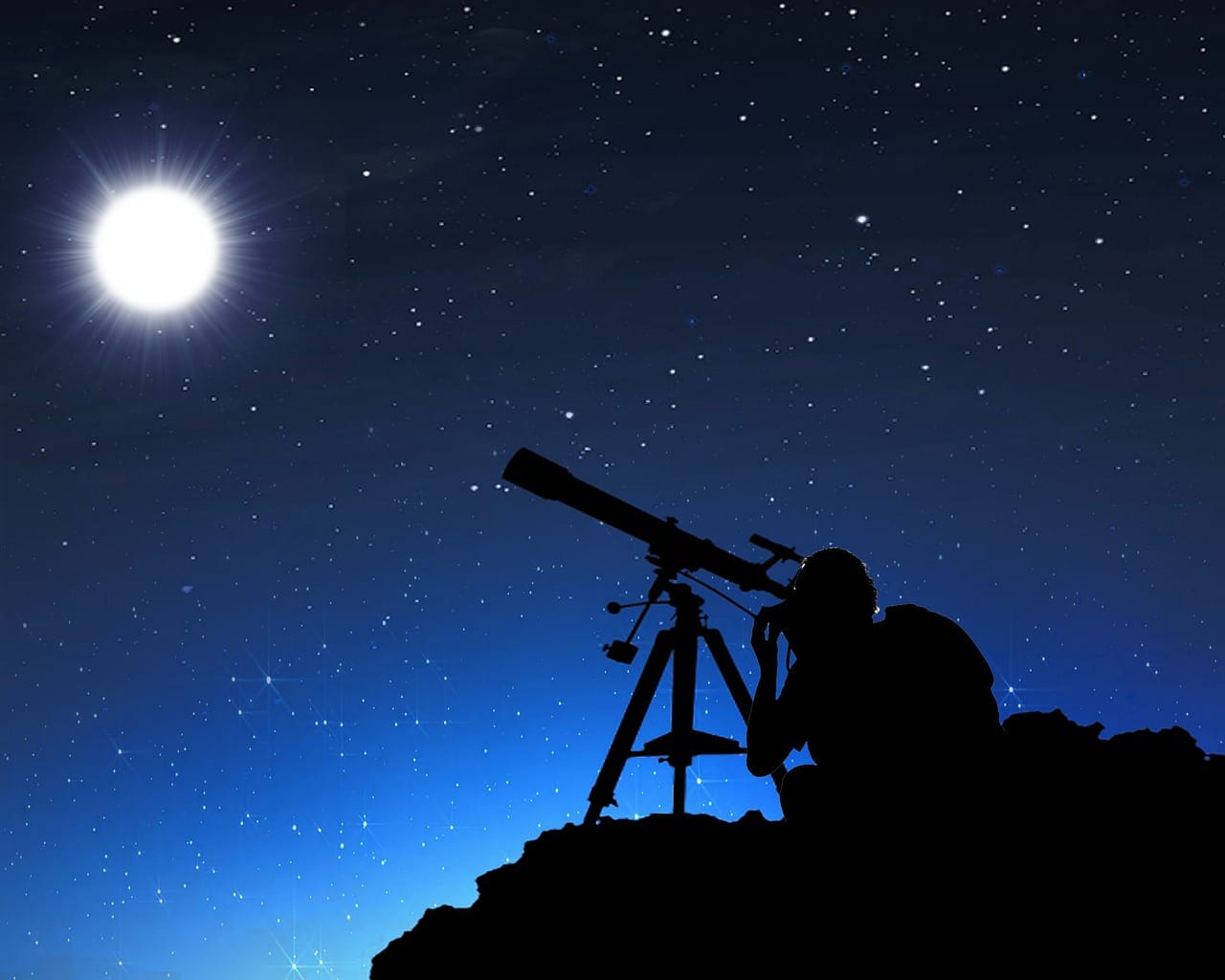The Geminid meteor shower, one of the most anticipated celestial events of the year, is set to reach its peak in the coming days. Known for its bright and colorful fireballs, the Geminids occur annually from December 4 to December 17, with the highest activity typically observed around December 13 and 14. This meteor shower is unique as it originates from an asteroid, 3200 Phaethon, rather than a comet, which is the case for most meteor showers.
The Geminids are renowned for producing a significant number of meteors, with rates exceeding 100 meteors per hour under optimal conditions. These meteors are visible across the globe, making them accessible to a wide audience. The best viewing conditions for the Geminid meteor shower are typically during the late evening and early morning hours, particularly after midnight when the sky is darkest and the radiant point of the shower, located in the constellation Gemini, is highest in the sky.
For those wishing to observe this natural spectacle, several factors can enhance the viewing experience. First, it is essential to find a location away from artificial lights. Light pollution can severely diminish the visibility of meteors, so rural or dark-sky areas are ideal. Additionally, viewers should allow their eyes to adjust to the darkness for at least 20 minutes to maximize their ability to see faint meteors.
Dress appropriately for the weather, as December nights can be quite cold in many regions. Bringing a reclining chair or blanket can also make the experience more comfortable, allowing observers to lie back and gaze at the sky without straining their necks. It is advisable to be patient; while the meteor shower can produce bursts of activity, there may also be periods of relative quiet.
The Geminids are particularly notable for their bright and colorful meteors. Unlike other meteor showers that may produce mostly white streaks, Geminid meteors can appear in a variety of colors, including green, yellow, and red. This vibrant display is due to the varying compositions of the meteoroids, which consist of rock and metal fragments from their parent asteroid.
In addition to their visual appeal, the Geminids have sparked scientific interest. Researchers study these meteors to gain insights into the composition of asteroids and the processes that lead to the formation of meteoroids. The data collected from meteor showers can contribute to our understanding of the solar system’s history and the dynamics of celestial bodies.
As the peak of the Geminid meteor shower approaches, many astronomy clubs and organizations host public viewing events. These gatherings provide an opportunity for enthusiasts to share their passion for astronomy and educate the public about the science behind meteor showers. In some locations, telescopes may be set up to observe celestial objects, enhancing the overall experience for attendees.
In conclusion, the Geminid meteor shower offers a spectacular display of natural beauty and scientific intrigue. With its peak activity just around the corner, now is the perfect time for both seasoned astronomers and casual observers to prepare for an unforgettable night under the stars. By selecting a dark location, allowing time for eye adjustment, and being patient, viewers can enjoy one of the most remarkable astronomical events of the year.



